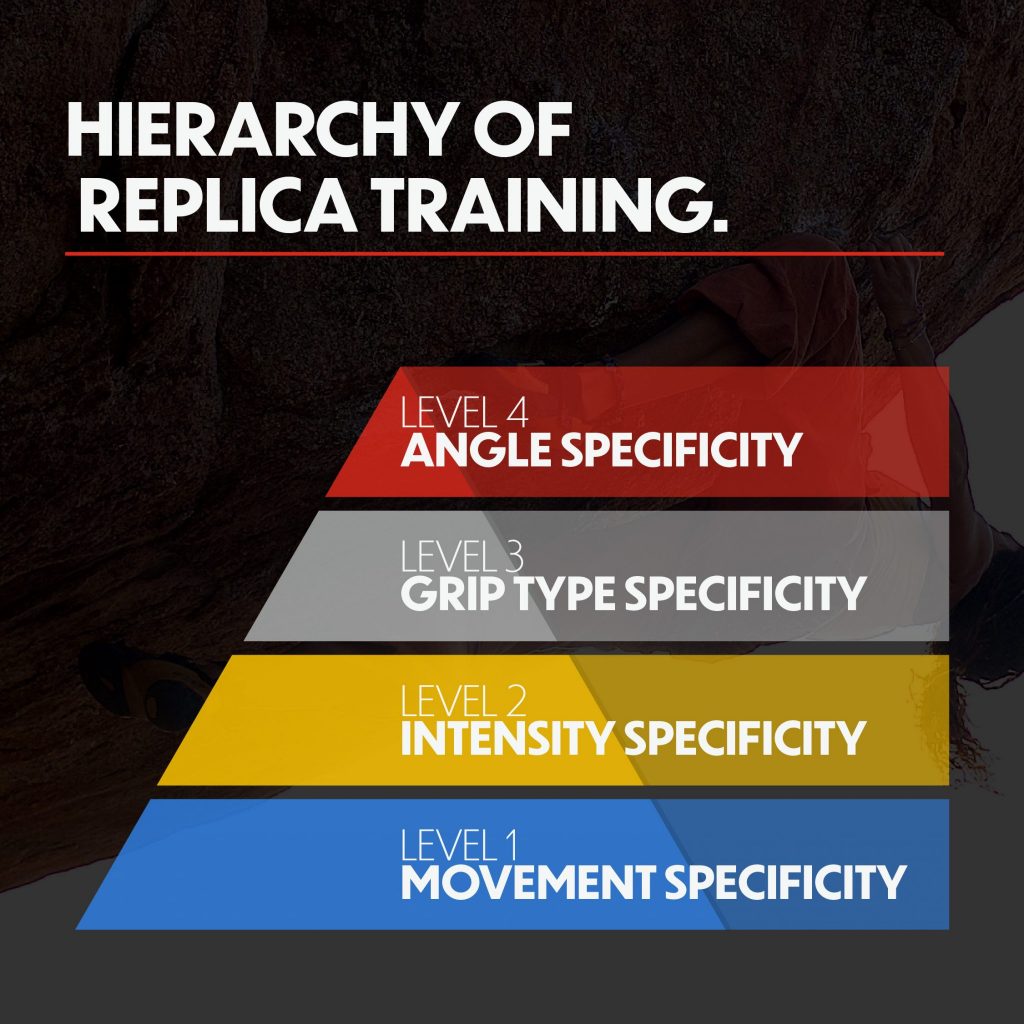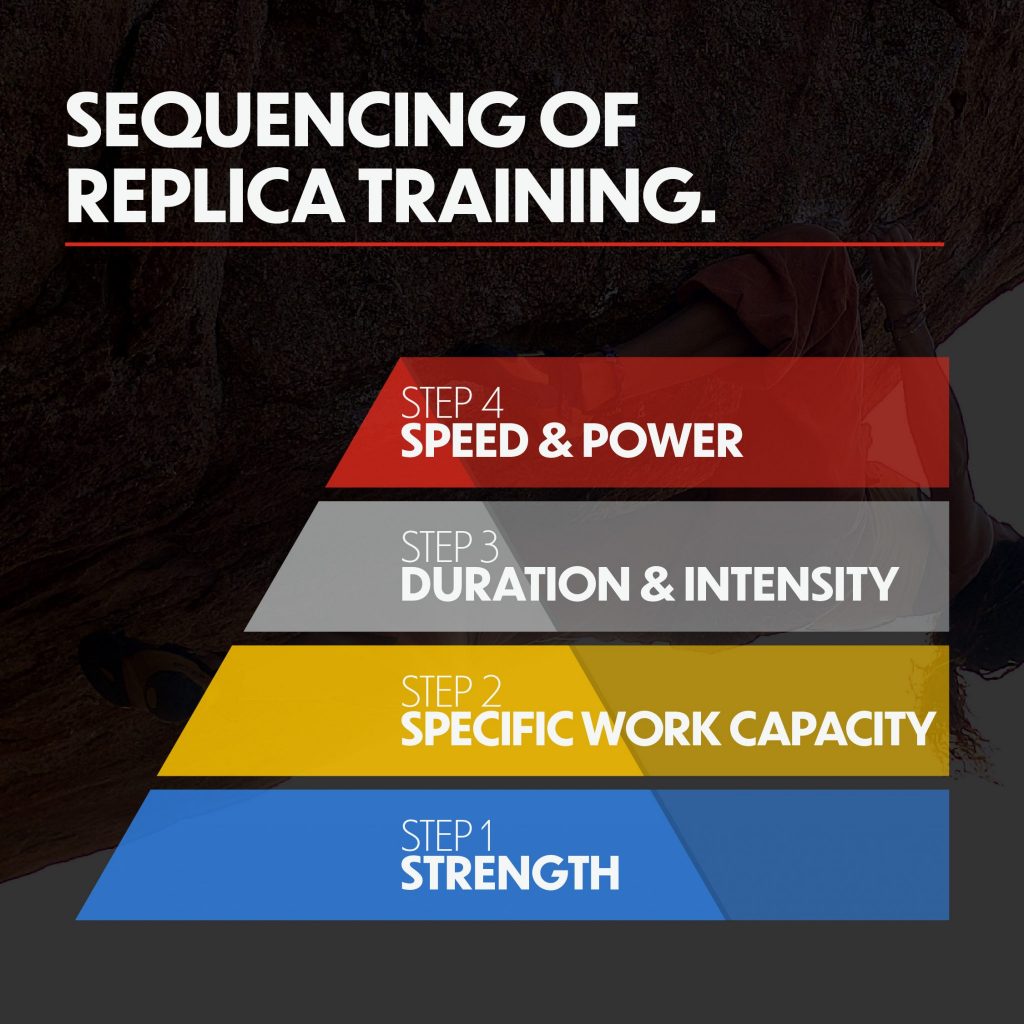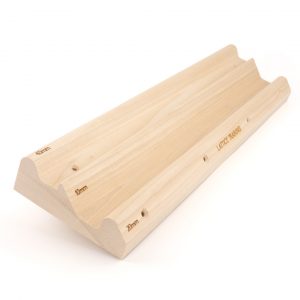How to Train on Replicas Like a World-Class Climber!
Some climbers set replicas of specific problems so they can practice the climb without needing the real thing. They may recreate the climb on a training board at their local gym or by setting their own holds on a board at home.
Burden of Dreams Replica
We’re all aware that Will Bosi recently had incredible results via replica training on Burden of Dreams (V17/9A)! Before that, Aidan Roberts and he both took a similar approach to repeat Alphane (V17/9A).
This is just two athletes though. What are the world’s best climbers doing across the board when it comes to the ‘best practice’ in using replicas for climbing performance?
In this post, we’re going to give you our replica training tips for:
- Movement and skill acquisition;
- Selection of training intensity ;
- Grip type and angle specificity;
- Ordering of strength vs power; and
- Building of work capacity.
As well as training Will and Aidan, we’ve been using effective replica training approaches with our clients for years. We’re psyched to share what works, where you should focus your effort, and in what order or priority. This is a seriously effective way of preparing for high performance climbing!
Best practices in replica training
What factors go into making an effective replica that we can learn from the world’s best climbers?
Hierarchy of replica training

Level 1 – Movement
- Movement must look and feel like your project
- Ensures key muscle activation
- Promotes skill and technical acquisition
- Increases physical efficiency
Level 2 – Intensity
- High intensity at, or close to project goal intensity
- Adaptation from training more likely at high intensity
- Critical for peaking and maximal recruitment
- Intensity lower for power work
Level 3 – Grip Type
- Grip types should be varied across long replica cycles
- Focus on exact grip type closer to goal
- Limit use of higher risk grip types longer term
Level 4 – angle specificity
- Wall angle only critical at final stages
- Lack of wall angles may be diminished with use of weight belt/pulley
- Training ‘beyond’ goal may be possible in some cases
How to sequence replica training approaches
What order of training strategies are best used in long replica training cycles? How specific and focused should you be?

Step 1 – Strength
- Muscular size
- Muscular recruitment
- Tendon stiffness
- Muscular coordination
Step 2 – Specific Work Capacity
- Understand the aerobic and anaerobic demands
- Stress the right system to the required capacity
- Train ‘beyond’ the need of the goal
Step 3 – Duration & intensity
- Refine duration to match or slightly exceed goal in training sets
- Match training intensity with goal intensity
- Initial training cycles may require ‘broken’ sets
Step 4 – Speed and power
- Train and refine power after strength base established
- Recognise power/speed element of all key muscle groups – they may not be all the same!
- Boulderers and route climbers will likely have very different power requirements
Conclusion: How to train on replicas
As with all cases, the approach must always be individualised to the athlete. The above is some general advice that, at a very minimum, gives you the backbone of the approach you can take.
Replica training can be a very successful way to train for specific problems.
Read more training tips.
Follow Lattice Training on Instagram.
Follow Tom Randall on Instagram.






